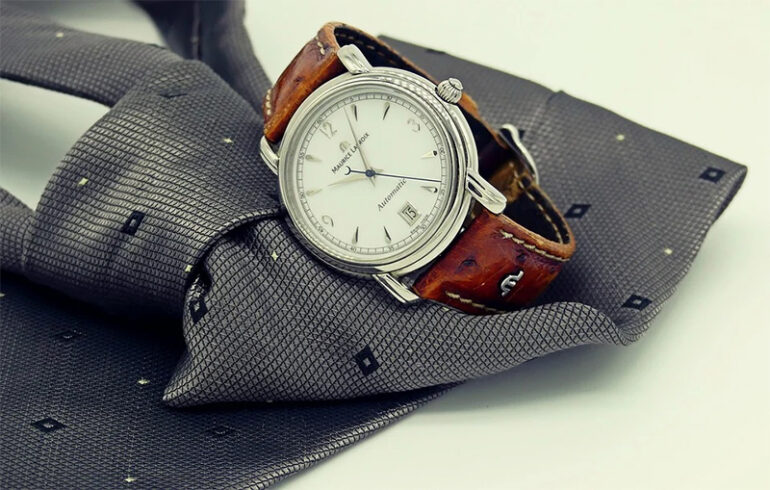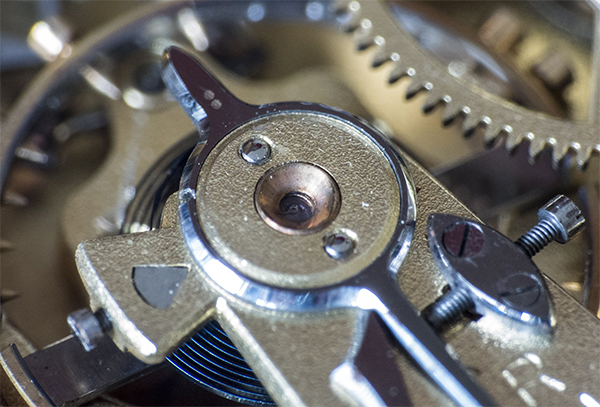Watches were made to keep track of time, with this in mind we can ask the question why do mechanical watches take so long to produce? It only has one function and mechanical watches keep time less accurately than quartz watches which are more inexpensive. Let me tell you why mechanical watches are more than just a tool to tell time and why they are still relevant up until today.
History
The first recorded encounter with a timepiece was around 3500 BC with the sundial when the structure that told the time of day using the position of the sun in the sky was created. In 300 BC, the first transmission gears were invented by Archimedes, and in that same year sand glass clocks were being introduced. During the year 885 candles that had markings for time were introduced in medieval Europe. And in 1092, Su Sung the Chinese inventor created the first ever mechanical water clock. The late 13th century brought about the first mechanical clock tower built in 1335 in Milan, Italy. Fast forwarding to the early 1500s, the first table clocks were produced and started to gain traction.
How Watchmakers are Trained
Becoming a watchmaker is no joke, it requires knowing all the different inner workings of a watch. And to build on top of that, these watchmakers are trained to repair, fix, and clean parts. This job requires having intense hand-eye coordination and motor skills. And attending a watchmaking school program would also be required by some employers before hiring a watchmaker.
Why Mechanical Watches can be Considered an Artform
The process of assembling a mechanical watch requires patience. From making sure the movement and all the mechanical parts work together harmoniously together, a watchmaker is also be required to ensure that the timepiece keeps time as accurately as possible. Certain movements even try to go through the effort of making the second hand move as smoothly as possible giving the illusion of a sweeping motion. And some timepieces even have complications, complications are added to tell the day, month, or even year. Adding complications will require additional watch components and an even more experienced and trained watchmaker. Another factor to consider is the design and aesthetics of a watch. For some people the design of a watch is the main reason they would even consider buying one, making this one of the biggest factors in designing a watch.
From the beginning up until the end, watchmaking requires a high skillset to be able to even produce just one watch. Besides the assembling of a watch, the watch that was put together would need to go through strict quality control to make sure that a watch is in its best condition before being sold to customers. With all these tied together, it is safe to say that watchmaking is not just a mechanical job that requires just putting one and two together, it is a profession that requires a keen eye, hand-eye coordination, and a broad knowledge of the sophisticated inner and outer workings of a watch.
Image sources:
1st pand featured image by https://pixabay.com/photos/wrist-watch-clock-necktie-2159351/
2nd image by https://www.pexels.com/photo/blur-brass-chrome-close-up-209255/

